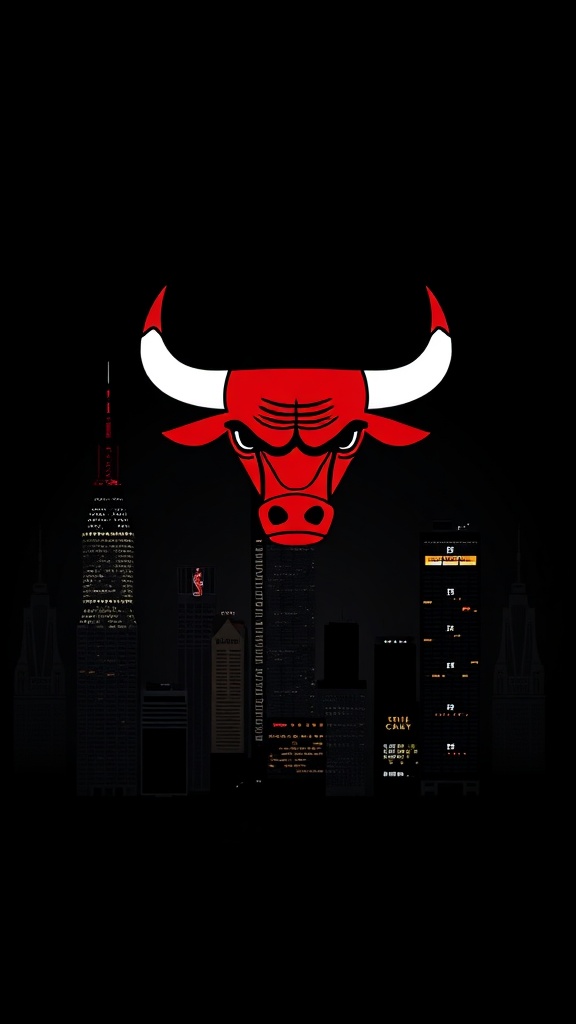The Chicago Bulls remain one of the most recognizable brands in basketball, blending a rich legacy with an ongoing push to reshape their identity on and off the court.
For fans and observers, the team represents a mix of iconic history, modern analytics, and a commitment to rebuilding sustainable success.
Legacy and identity
The Bulls’ legacy is anchored by a championship era that transformed basketball culture worldwide.
That history still influences expectations: championships, marquee players, and unforgettable playoff moments are woven into the franchise DNA. That pedigree gives Chicago a constant baseline of ambition while creating pressure to return to elite form.
Roster construction and strategy
Today’s approach to building a competitive Bulls roster balances veteran leadership with player development and modern analytics.
Teams across the league prioritize spacing, three-point efficiency, and switchable defense; Chicago’s front office evaluates talent through that lens while also valuing toughness and playmaking. The organization emphasizes giving promising young players real minutes to accelerate growth, while supplementing the core with experienced role players who can defend, rebound, and hit open shots.

Coaching and style of play
Coaching focuses on adaptable schemes that can toggle between pace-and-space offense and half-court sets that capitalize on individual skill. Defensive identity is prioritized because it’s the most repeatable trait in the postseason. Expect the Bulls to seek consistent rim protection, perimeter switching, and communication—areas that often separate playoff teams from early exits.
Player development and analytics
Chicago invests in player development infrastructure, blending on-court skill work with analytics-driven feedback. Shooting mechanics, conditioning, and decision-making are measured and refined through film study and data.
International scouting and draft-day savvy remain critical, as uncovering undervalued prospects or two-way players can change the team’s trajectory without breaking the salary structure.
Home court and fan culture
The United Center continues to be a defining advantage.
Bulls fans bring intensity and deep knowledge of the game, creating one of the league’s more electric home atmospheres. The franchise also leans into community programs and youth outreach, strengthening local ties and building the next generation of supporters.
Challenges and opportunities
A central challenge is translating regular-season flashes into consistent playoff performance. That often requires depth, defensive cohesion, and a reliable secondary scoring option to support the primary star. Cap flexibility and smart contract management are ongoing priorities to allow for mid-season upgrades or strategic moves in free agency.
How fans can stay engaged
Fans who want to stay connected should follow team beat reporters, monitor injury updates and transaction news, and pay attention to advanced metrics like offensive/defensive rating and lineup net ratings. Game-night rituals at the arena or watch parties around the city help keep the communal spirit strong, while social channels and official team content offer behind-the-scenes glimpses into training and community work.
What to watch for
Key indicators of progress include improved defensive rankings, better bench production, and consistent health for core players. Player chemistry and the ability to close tight games often forecast postseason fate more reliably than raw scoring numbers.
Chicago basketball is about more than wins and losses; it’s a cultural touchstone with a global fan base and a steady ambition to compete at the highest level. The path forward blends respect for a storied past with smart, modern roster-building and a relentless focus on development and defense.